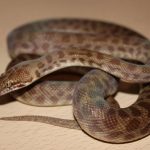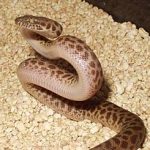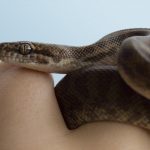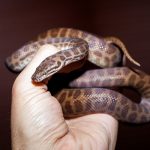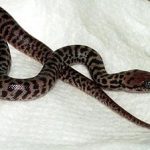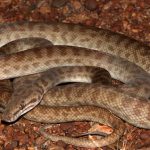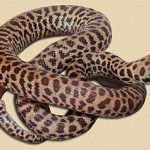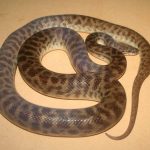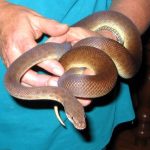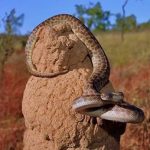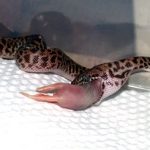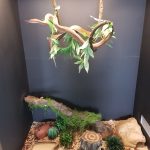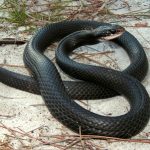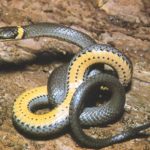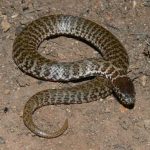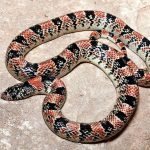Children’s Python
Children’s python is a species of non-poisonous constrictor found in the northern half of Australia. Currently, there are no recognized subspecies of this nocturnal species. The snake is popular in the pet trade.
| Kingdom | Animalia |
| Phylum | Chordata |
| Subphylum | Vertebrata |
| Class | Reptilia |
| Order | Squamata |
| Suborder | Serpentes |
| Family | Pythonidae |
| Genus | Antaresia |
| Scientific Name | Antaresia childreni |
| Length | 1 to 1.5 m |
| Color | Brown upper surface with five or six longitudinal series of dark spots; each side of the head contains a dark streak passing through the eye; yellowish lips with brown spots; uniform yellowish lower surface |
| Distribution | North of Western Australia, the northern third of the Northern Territory, northeastern Queensland, islands of the Torres Strait |
| Habitat | Dry forests, grass savannas, riverbeds, coastal plains, termite mounds, rocky areas |
| Diet | Reptiles, birds, small mammals especially microbats |
| Venom Fact | Nonvenomous |
| Mode of Reproduction | Oviparous (egg laying) |
| Clutch Size | Up to 25 eggs |
| Incubation Period | Around 45 days in captivity |
| Reproductive Age | Male: 2 years of age Female: 2.5 years of age |
| Average Lifespan | More than 30 years in captivity |
| IUCN Conservation Status | Not Evaluated |
Children’s Python Pictures Gallery
- Antaresia Childreni
- Childrens Python Images
- Childrens Python Photos
- Childrens Python Pictures
- Childrens Python Snake
- Childrens Python
- Childrens Pythons
- Fully Grown Childrens Python
- Childrens Python Full Size
- Childrens Python Habitat
- Childrens Python Care
- Childrens Python Enclosure


